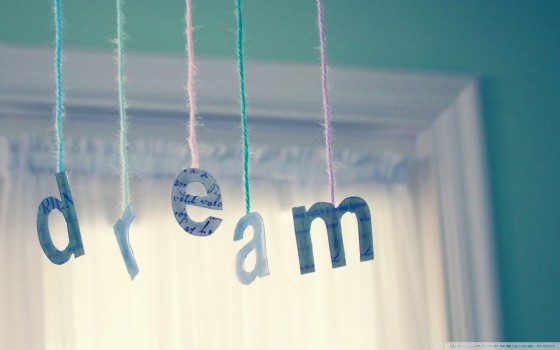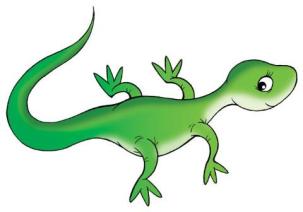LACAN – The Psyche
The Three Orders
- The Real
- The Imaginary
- The Symbolic
- Fred 3 parts of the psyche – Id, Superego, Ego
- Form the way which we experience the world
What has this got to do with the media?
- Triad: symbolic-real-imaginary → a system of perception + dialogue with the external world
- Perception, subject formation, language and image are central in both psychoanalytic and media discourses
- Theories of media are embedded with invocations of these three orders and a further concern with their interplay
- Attempts to theorize media in terms of the intricate and slippery border between the internal and the external, discussions of language, image, sound
The Mirror Stage and The Symbolic Order
- No one can remember the first time that we see ourselves (birth of the subjectivity)
- Mirror stage: a baby recognize itself in the mirror as a whole and to counteract the primordial sense of his fragmented body
- The image itself in the mirror is described as the “Ideal-I”, it provides an image of wholeness which constitutes the ego
- Realize human being – identify internal self with external image
- Represents first encounter with subjectivity
- Think about inner and outer
- A baby starts to understand the external world and internal world are completely different
The Real
- The state of nature
- all about need (not desire)
- A baby at the mirror stage started to understand what the real is
- If he need something, he cries and does not care about what other think
- If he wants to sleep, he sleeps; if he wants to shit, he shits
- The only real that we experience is only 5-6 months
Lacan’s Sense of Jouissance – a mode of pure enjoyment, an absolute pleasure
- Pleasure becomes pain
- The subduing of the “lust”
- External prohibition (not moral in society) – tell the baby that you cannot do that, which becomes painful
The Imaginary Order
- Primarily narcissistic
- Whereas needs can be fulfilled
- Demand are never statisfy, we won’t get the things we want at life
- A baby started to think the lack of things he need – a sense of something lost (lost state of nature)
- Difference between “demand” and “desire” – the function of the symbolic order, is simply the acknowledgement of language, law, and community
- Put the poster of pop star/film star on the wall – imagine he/she is yourself
The Imaginary
- The imaginary becomes the internalized image of this ideal, whole, self and is situated around the notion
The Symbolic
- A contrast to the imaginary
- The imaginary is all about equations and identifications
- The symbolic is about language and narrative
- Once a child enters into language and accepts the rules and dictates of society, it is able to deal with others
- Laws and restrictions that control both our desire and the rules of communication
These three things are all happen at the same time: to tell a baby to go to the toilet in a private room and lock the door, then he shame on himself and realize the real is dirty

 We disagree with the group that talked about the advertisements of Coca-cola. Their
We disagree with the group that talked about the advertisements of Coca-cola. Their Professional Presentation
Professional Presentation

 In addition, my mother always bought me some Barbies, dolls, bears and cooking toys for me. One day, I told her I want to have a toy gun (yes, I love to play guns, swords and cars!), then she blamed me and asked me why I like to play those toys which are for boys. At that time, I really did not understand why there should have differences of the toys between boys and girls.
In addition, my mother always bought me some Barbies, dolls, bears and cooking toys for me. One day, I told her I want to have a toy gun (yes, I love to play guns, swords and cars!), then she blamed me and asked me why I like to play those toys which are for boys. At that time, I really did not understand why there should have differences of the toys between boys and girls.

 We have watched a film called Fist of Fury. It is a Hong Kong film in 1972 and starring Bruce Lee, who is a famous martial artist.
We have watched a film called Fist of Fury. It is a Hong Kong film in 1972 and starring Bruce Lee, who is a famous martial artist.
